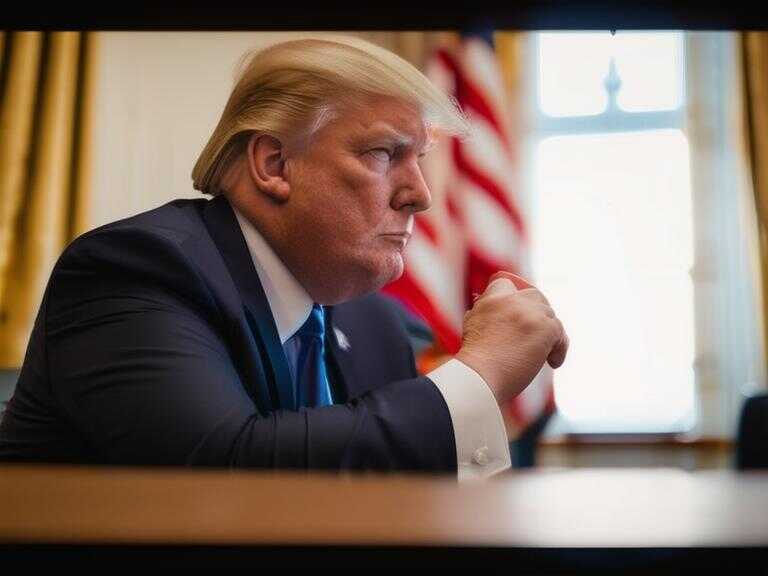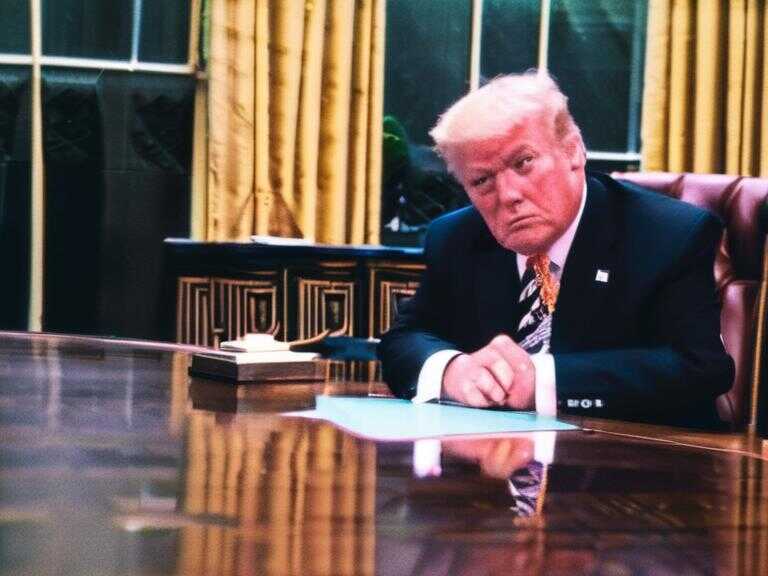
China Evaluates US Tariff Negotiation Approaches, Trade War Eases?
US and China are potentially easing trade tensions with negotiations on tariffs, while the US seeks deals with other countries like Japan and the EU.

The global trade landscape is characterized by intricate relationships and shifting dynamics, with nations constantly engaging in negotiations to secure favorable terms and mitigate potential conflicts. Amidst this evolving terrain, the United States finds itself at a crossroads, grappling with trade tensions that have far-reaching implications for its economic prosperity and international standing.
Recent developments suggest a cautious optimism regarding the possibility of easing these tensions through constructive dialogue. Following months of escalating tariffs and rhetoric, signs indicate a willingness from both sides to explore avenues for rapprochement. The Trump administration's outreach to Chinese officials, despite President Trump's public stance, signals a behind-the-scenes thaw in relations.
Trade Talks: A Path Forward?
While formal trade talks remain elusive, the recent engagements between US and Chinese officials offer a glimmer of hope. China has expressed its willingness to evaluate the sincerity of the Trump administration's intentions, suggesting a potential shift in the narrative. However, Beijing emphasizes that any meaningful progress hinges on the United States demonstrating commitment to rectifying its trade practices and rolling back unilateral tariffs.
The Chinese commerce ministry underscored this point, stating, "If we fight, we will fight to the end; if we talk, the door is open. The tariff war and trade war were unilaterally initiated by the United States. If the United States wants to talk, it should show its sincerity and be prepared to correct its wrong practices and cancel the unilateral tariffs."
This statement reflects China's determination to hold firm on its principles while remaining open to constructive engagement. It underscores the complexities inherent in navigating trade disputes between two economic giants with divergent interests.
Easing Tensions: A Delicate Balancing Act
Amidst these high-stakes negotiations, both sides have taken steps to alleviate some of the pressure points. The United States has provided tariff exemptions for certain car and parts imports, responding to intense lobbying from the auto industry. China, meanwhile, has quietly compiled a list of US goods exempt from its retaliatory tariffs, aiming to ease trade tensions without making public concessions.
These behind-the-scenes maneuvers reflect a recognition that even incremental progress can contribute to stabilizing the relationship. However, they also highlight the inherent challenges in finding common ground on issues as sensitive as tariffs and intellectual property rights.
Share news















